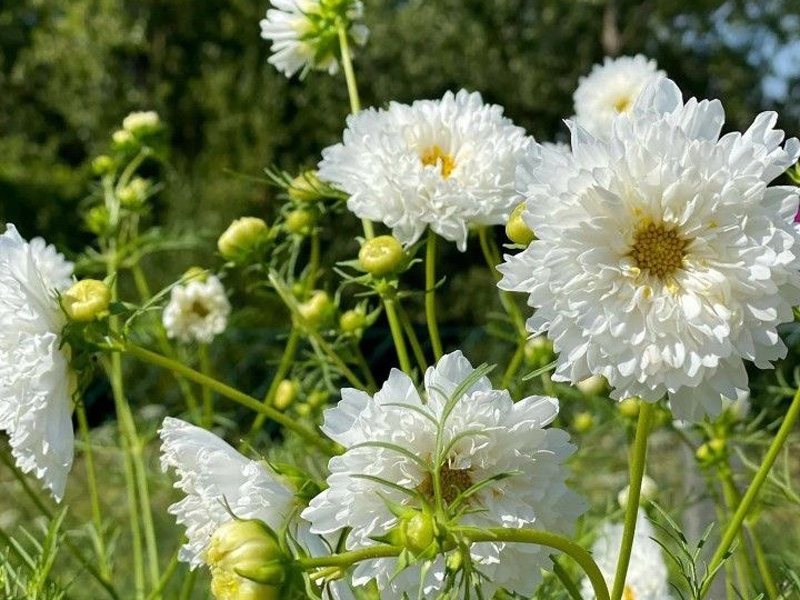
Appearance: Chamomile plants are usually small, about 30 cm tall. The stems are erect and more branched, and the whole plant is covered with soft fuzz, presenting a soft texture. The leaves are alternate, the leaves are delicate and delicate, and the color of the leaves is mostly light green. The heads are terminal or axillary, about 2-3 cm in diameter, with yellow tubular flowers in the center, surrounded by white tongue flowers. The flowers are small and fresh, and when blooming, they are full of life.
Plant family: Chrysanthemum is an annual or perennial herb in the Asteraceae family.
Common name: Roman chamomile, German chamomile, Hungarian chamomile, etc.
Extract: Flowers, which are the most concentrated parts of chamomile active ingredients.
Extraction method: generally using steam distillation method. The freshly picked chamomile order is put into the distillation equipment, and the volatile essential oil components in the flowers are taken out by water vapor. After a series of processes such as condensation and oil-water separation, pure chamomile essential oil is finally obtained.
Main chemical composition: mainly contains flavonoids, such as apigenin, luteolin and so on; Terpenoids, including azulene, alpha-red myrrh, etc. These ingredients give chamomile its unique properties.
Main producing areas: widely distributed in the world, the main producing areas are Germany, Hungary, France, Bulgaria and so on. China's Xinjiang, Yunnan and other places also have a certain scale of cultivation.
Notes: Warm, soft and slightly herbal floral notes, fresh and pleasant aroma, giving a soothing and relaxing feeling.
Aroma concentration: The aroma is relatively elegant, not too strong, is a mild aroma that makes people feel comfortable.
Suitable essential oils:
Lavender essential oil: The combination of the two can enhance the effect of soothing and relaxing, which has a good effect on relieving anxiety and improving sleep.
Rose essential oil: After mixing can create a romantic atmosphere, but also can relieve the sensitive state of the skin to a certain extent.
Tea tree essential oil: When used together, it can strengthen the antibacterial and anti-inflammatory effect, and the conditioning effect of skin inflammation is better.
Efficacy characteristics: anti-inflammatory, antibacterial, soothing and calming, promote wound healing, improve skin allergies and other effects. In the field of skin care, it is often used for sensitive skin care; In aromatherapy, it can relieve emotional stress and help relax the body and mind.
Common application:
Muscle conditioning: Massage muscles after dilution, can relieve muscle tension and soreness, especially suitable for relaxing muscles after exercise.
Immune system: Through the use of aromatherapy, it can purify the air, enhance the body's resistance, and help prevent diseases such as colds.
Nervous system: Aromatherapy before going to bed can soothe nerves, reduce anxiety and insomnia symptoms, and promote sleep quality.
Use contraindications: Not for those allergic to chamomile; Pregnant and breastfeeding women should use with caution and consult a doctor before use; Patients with low blood pressure avoid heavy use, so as not to cause further blood pressure reduction.
